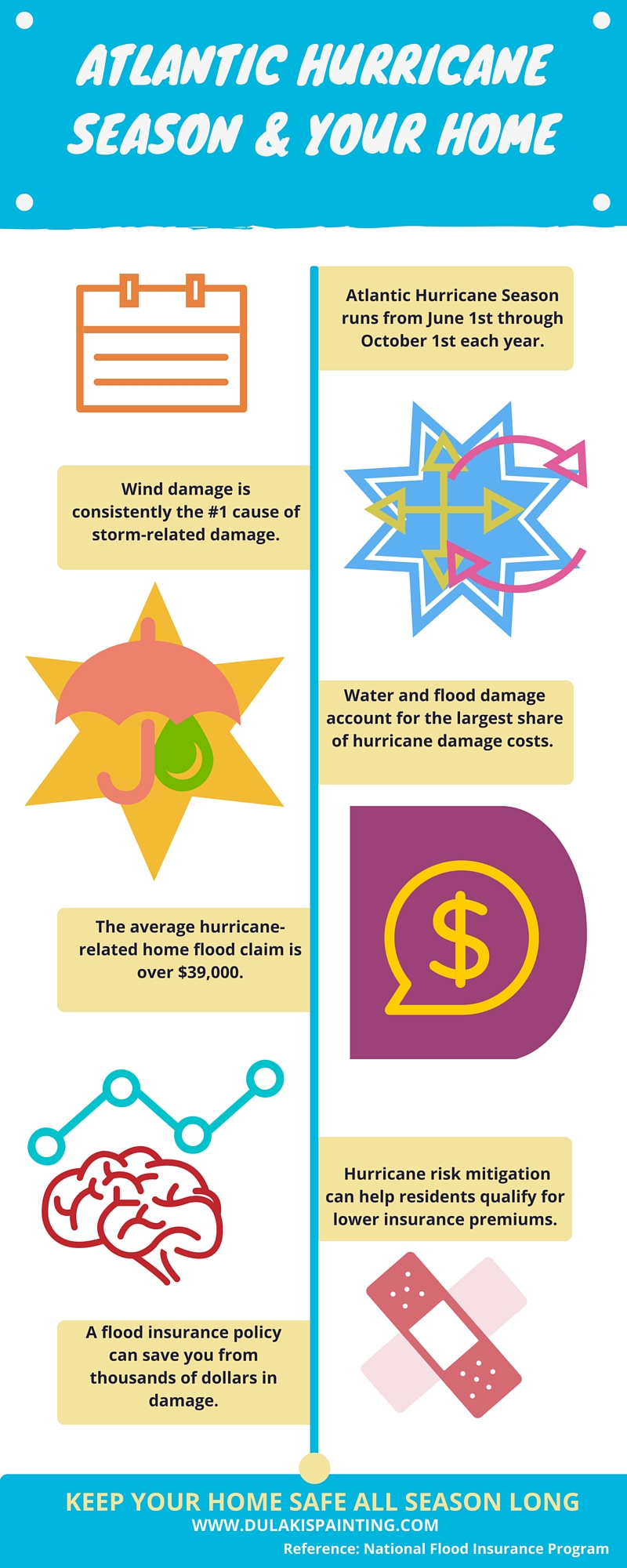Recognizing Seasonal Influences On Commercial Outside Painting: Necessary Expertise For Success
Recognizing Seasonal Influences On Commercial Outside Painting: Necessary Expertise For Success
Blog Article
Web Content Composed By-Ford Rodriquez
When you're preparing an industrial exterior painting task, seasonal factors can make or break your outcomes. You'll intend to take into consideration how temperature and moisture impact paint application and drying out times. Picking the best period can ensure your paint adheres correctly and lasts longer. But which periods are really the most effective for this sort of work? Let's discover the key elements that can affect your task's success.
The Effect of Temperature on Paint Application
When you're preparing a commercial outside paint project, the temperature level can significantly influence exactly how well the paint adheres and dries.
Preferably, you want to repaint when temperatures vary between 50 ° F and 85 ° F. If it's as well chilly, the paint might not cure properly, leading to concerns like peeling off or breaking.
On the other side, if it's too warm, the paint can dry out also swiftly, avoiding correct adhesion and causing an unequal finish.
You must additionally take into consideration the time of day; early morning or late afternoon offers cooler temperature levels, which can be much more beneficial.
Constantly inspect the producer's suggestions for the certain paint you're making use of, as they frequently give support on the perfect temperature array for ideal outcomes.
Humidity and Its Effect on Drying Times
Temperature isn't the only environmental element that affects your commercial outside painting project; humidity plays a considerable function also. High moisture degrees can reduce drying out times significantly, influencing the general quality of your paint work.
When the air is saturated with dampness, the paint takes longer to cure, which can lead to issues like poor bond and a higher threat of mold development. If you're painting on an especially moist day, be planned for prolonged wait times between coats.
online painters to check neighborhood weather conditions and strategy as necessary. Preferably, go for humidity levels in between 40% and 70% for ideal drying out.
Keeping these factors in mind guarantees your job remains on track and supplies a long-term surface.
Best Seasons for Commercial Outside Paint Projects
What's the best time of year for your industrial exterior paint tasks?
Springtime and early fall are generally your best bets. During these periods, temperature levels are light, and humidity levels are typically lower, developing excellent conditions for paint application and drying out.
Avoid summer's intense heat, which can create paint to completely dry too quickly, resulting in poor bond and coating. Likewise, winter's cold temperature levels can prevent proper drying and healing, running the risk of the long life of your paint work.
Go for days with temperature levels in between 50 ° F and 85 ° F for optimal results. Keep in mind to examine the neighborhood weather forecast for rain, as wet problems can destroy your task.
Planning around these factors ensures your painting project runs smoothly and lasts much longer.
Conclusion
In conclusion, preparing your business exterior paint jobs around seasonal factors to consider can make a significant difference in the outcome. By organizing job throughout the optimal temperature levels and humidity levels, you'll ensure much better attachment and drying times. Keep in mind to watch on regional weather prediction and select the correct time of year-- springtime and very early loss are your best bets. Taking https://www.express.co.uk/life-style/property/1660518/House-property-sales-common-paint-colour-to-avoid-ifl will certainly assist you achieve a long lasting and professional finish that lasts.
